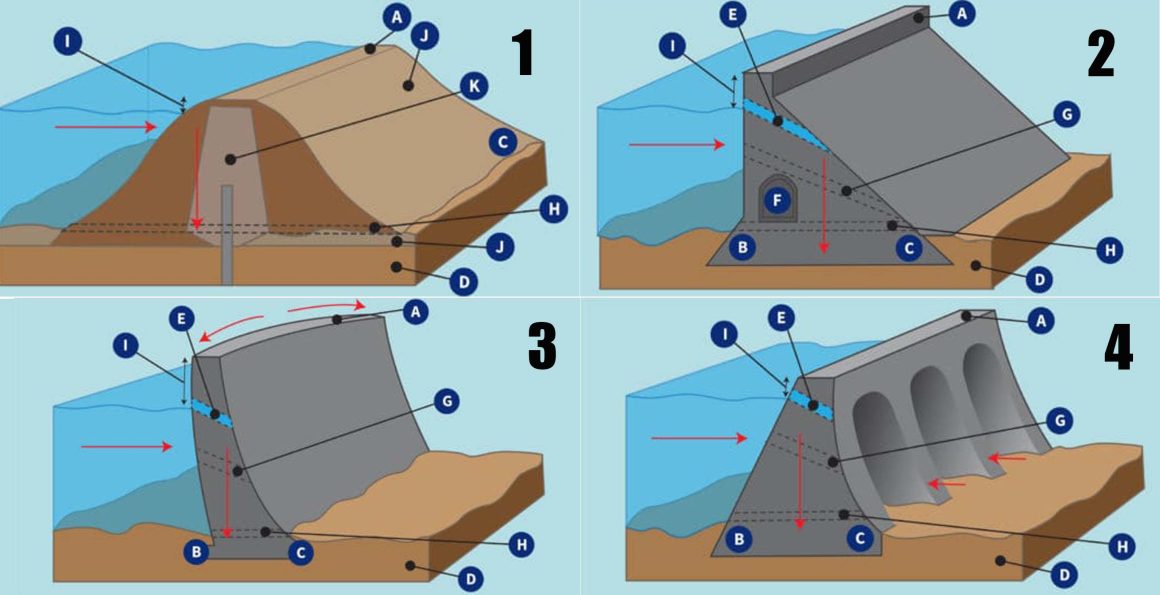
Types Of Dams And Different Components Engineering Discoveries
Types of dams include arch, gravity, buttress, rigid, non-rigid, timber, steel, concrete, masonry, embankment, earthen, rockfill, diversionary, tailings, weir, saddle, dry, coffer, debris, hydroelectric, detention, storage, underground, overflow, non-overflow, natural, and artificial dams.

Types of dams by prakash776 Issuu
All Different Types of Dams and Components Explained: Dams are water reservoirs or just a wall-like structure built across a river to retain the water and increase the flow when needed, used for electricity generation, and various other functions. Most of the people have several questions about the basics of a dam and various purposes of it.

8 Different Types of Dams
Home > Types of Dams ARCH DAM A concrete or masonry dam, which is curved upstream so as to transmit the major part of the water load to the abutments. Double curvature arch dam. An arch dam, which is curved vertically as well as horizontally. East Canyon Dam Morgan, UT BUTTRESS DAM
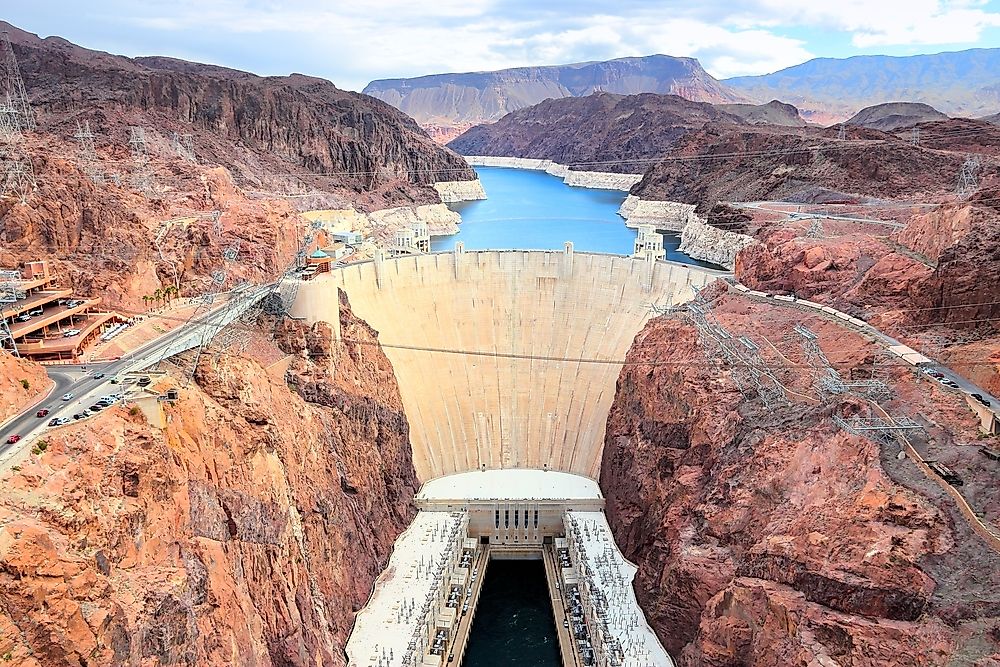
The Different Types of Dams WorldAtlas
(Dec. 14, 2023) See all related content → Recent News Jan. 4, 2024, 11:48 AM ET (MSN) Scientists make a daring rescue of an otter trapped by a dam. dam, structure built across a stream, a river, or an estuary to retain water.
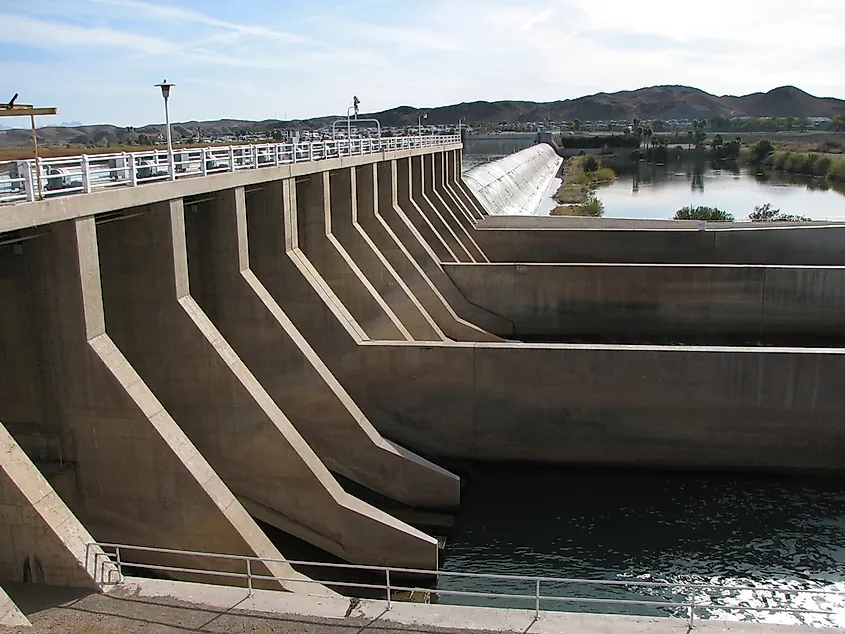
The Different Types of Dams WorldAtlas
Types of Dams according to type of material. A dam can be made of earth, rock, concrete or wood. Dams are classified according to the materials used as under: A. Embankment Dams 1. Earthfill Dam:

Types of Dams Classification of Reservoirs CivilDigital
The civil engineers decide on the best type of dam for the site and on the most suitable materials to be used. They have to consider all of the forces that can act on the dam and its foundation. These include the force of the reservoir water on the dam and the effect of the weight of the dam on the materials within it and on the foundation below.

Types Of Dams & Their Uses Detailed Classification Of Dams
A dam is a man made barrier usually built across a river to hold back water and forming a lake, or reservoir, behind it. It can be constructed from concrete or natural materials like earth and rock. Different types are built to suit the location and geology.

INCH Technical English pictorial dam types
Vocabulary A dam is a structure built across a river or stream to hold back water. People have used different materials to build dams over the centuries. Ancient dam builders used natural materials such as rocks or clay. Modern-day dam builders often use concrete. Manmade dams create artificial lakes called reservoirs.

Types Of Dams And Different Components Engineering Discoveries
Dam The Edersee Dam in Hesse, Germany A dam is a barrier that stops or restricts the flow of surface water or underground streams. Reservoirs created by dams not only suppress floods but also provide water for activities such as irrigation, human consumption, industrial use, aquaculture, and navigability.

A Guide to Dams An Overview, Different Types of Dams, Environmental Impacts, Construction
There are various types of dams, yet different dam components remain the same for each situation. Dam by and large has an upstream slope and a downstream slope, and both have various segments. Subsequently, a few parts of a dam are given underneath: 1. Crest The top of the Dam.
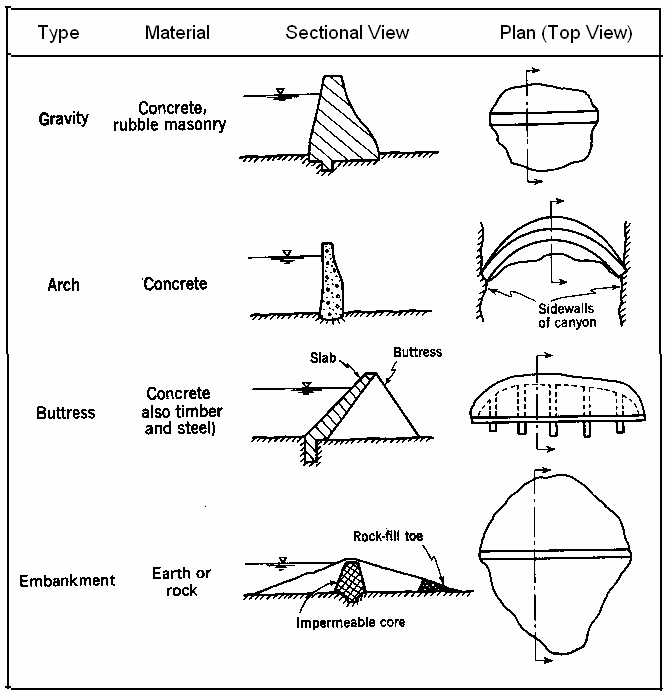
types of dam Civil Engineering Blog
Crest: The top of the Dam. These may in some cases be used for providing a roadway or walkway over the dam. Parapet walls: Low Protective walls on either side of the roadway or walkway on the crest. Heel: Portion of Dam in contact with ground or river-bed at upstream side. Toe: Portion of dam in contact with ground or river-bed at downstream side.

a large dam on the side of a mountain lake
Various types of dams are constructed based on their usage. These dams are classified based on construction material used, structure and design, functions, hydraulic design and size. Types of Dams in Construction
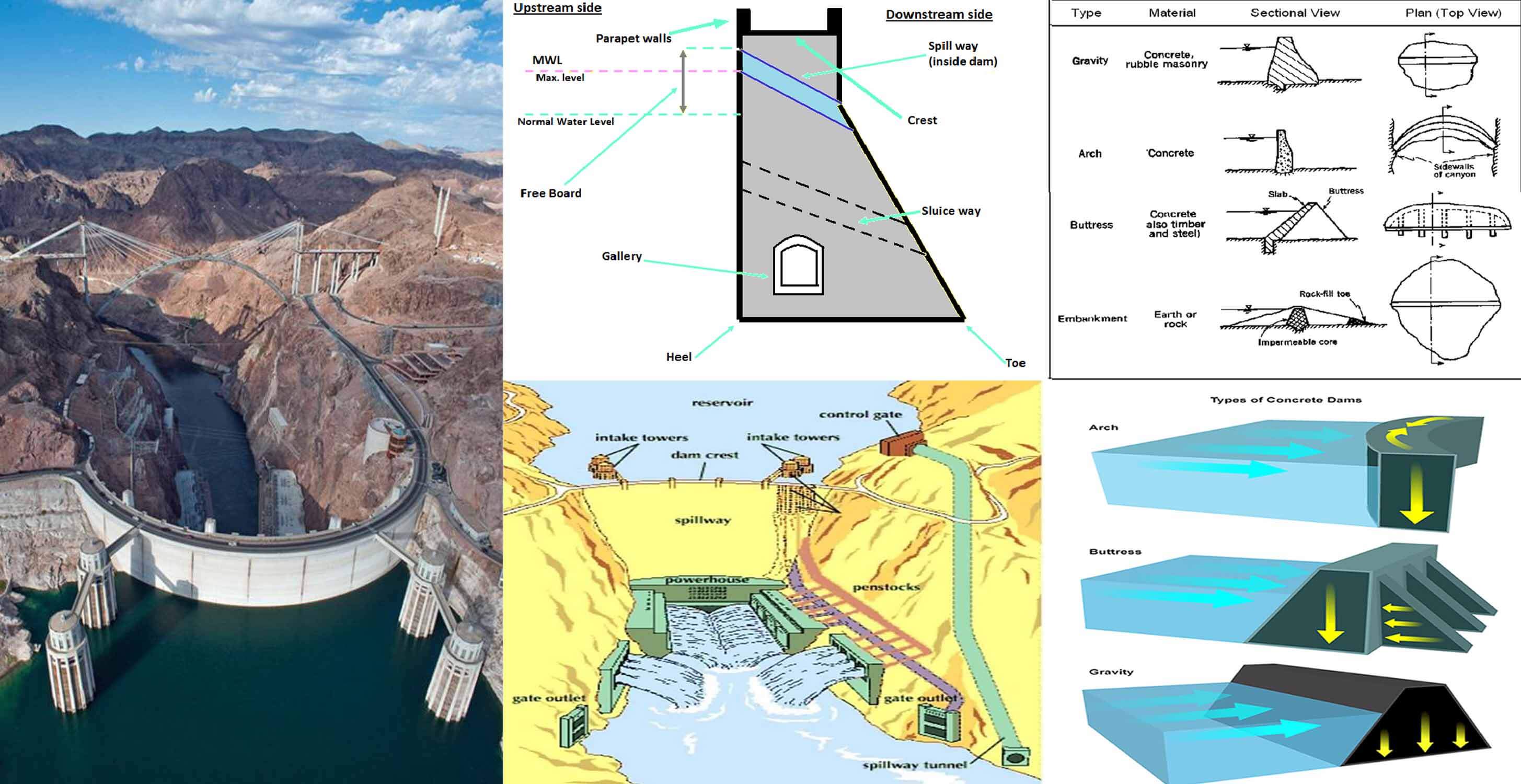
Different Types Of Engineering Dam Engineering Discoveries
The most common types of dams include concrete dams, earth and rockfill dams, arch dams, gravity dams, and embankment dams. Each of these types of dams has its own advantages and disadvantages in terms of cost, stability, durability, and environmental impact.

Types Of Dams HubPages
Dams are glorious structures no matter the size or the materials used. To think, these structures have the ability to hold back millions of gallons of rushing water. Dams also have the ability to generate energy and electricity that will benefit the population around the dam. There are numerous types of dams throughout the world.
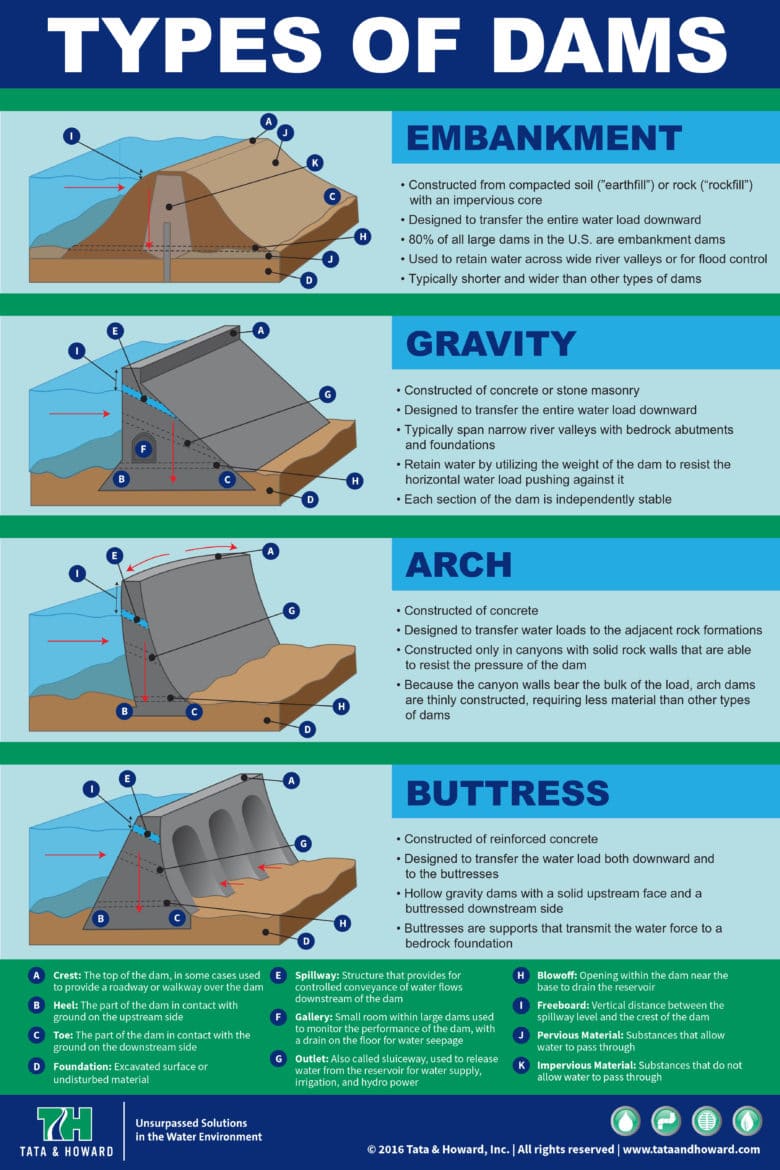
Environmental Engineering Infographics
Arch dam, buttress dam, rockfill dam, earth dam, etc. are discussed in this article. The more conventional and simplest types of dam are the earth dam where we can observe mostly. What is a dam This is the big question to be as throughout this article… A dame is a structure built to retain the water.
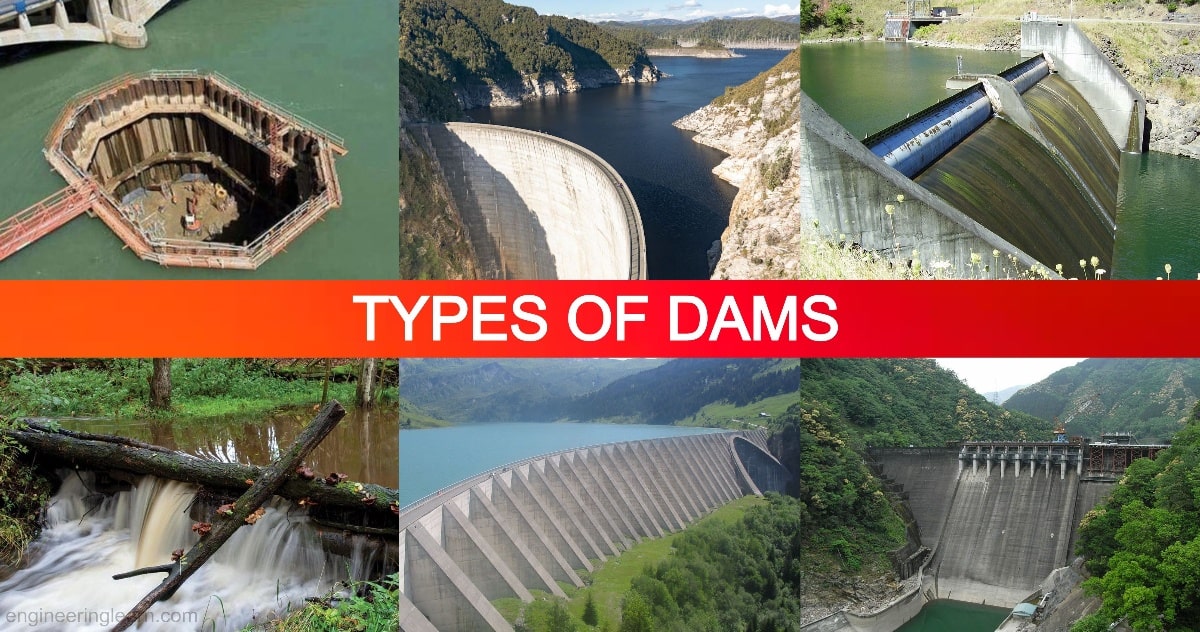
18 Types of Dams Components, Advantages & Disadvantages [Explained with Details] Engineering
Diversion Dam Diversion dams are mainly constructed to divert water to the river. The storage capacity of the diversion dam is lesser. Diversion dams are usually of lower heights. Weirs and barrages are examples of diversion dams. Source Detention Dam Detention dams are constructed for flood control.